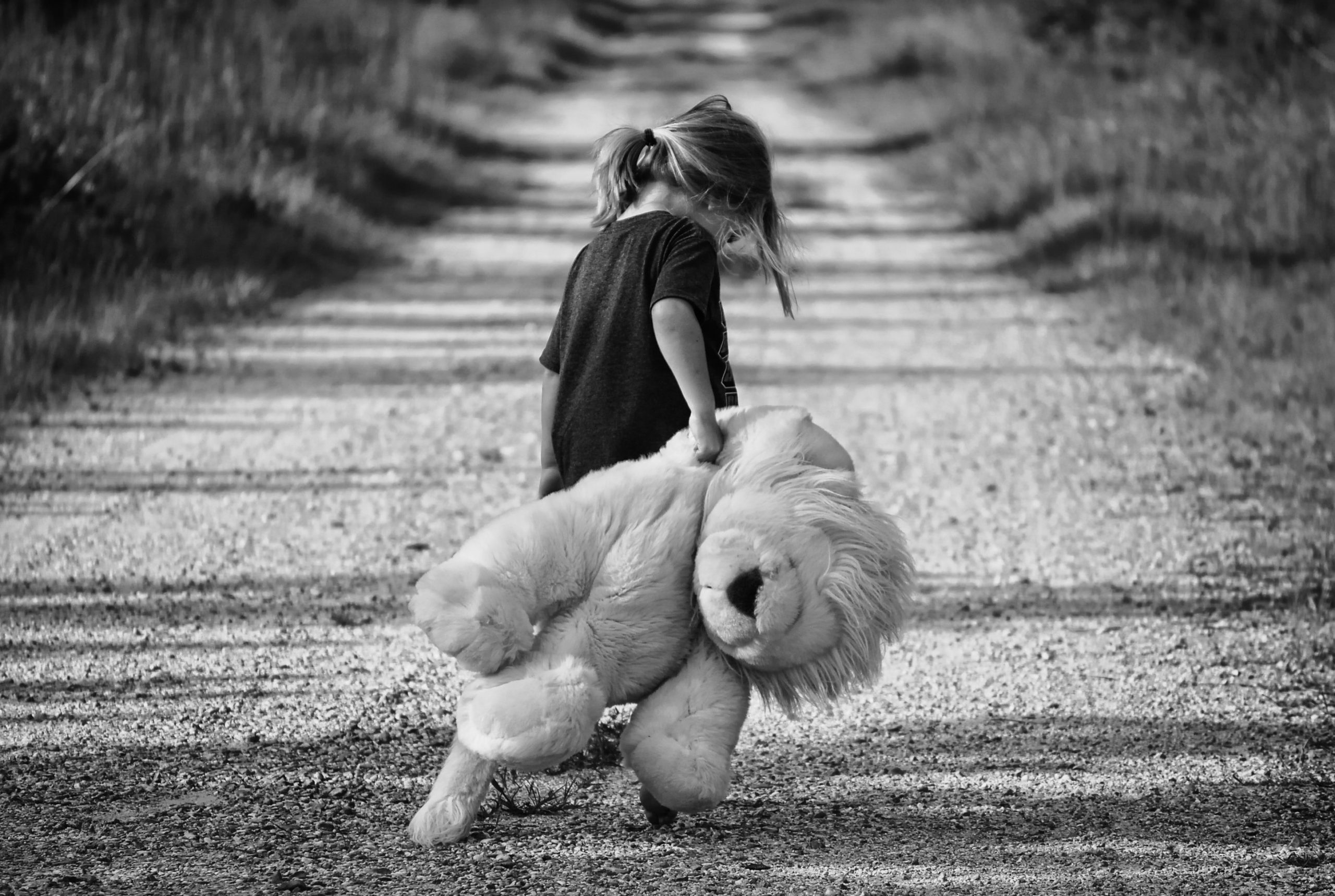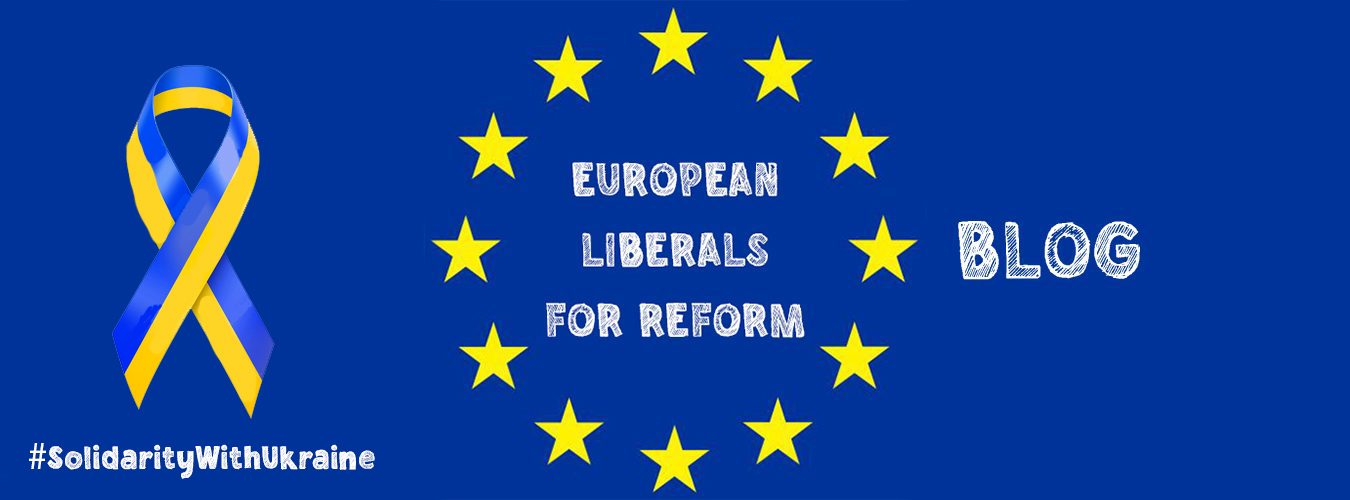
THERESA ZETTL – GEOFF CORRE*
Are you aware, that one out of five children in Europe is victim of sexual abuse? We would like to draw your attention to this very sensitive but yet very important topic. This article is particularly about the sexual abuse of children and to raise awareness for this cause. However we want to emphasize, that abuse can take many forms. In future blogs we will cover the issues of physical and emotional abuse and neglect.
“Sexual abuse involves forcing or enticing a child to take part in sexual activities, whether or not the child is aware of what is happening. The activities may involve physical contact, including penetrative or non-penetrative acts. They may include non-contact activities, such as involving children in looking at, or in the production of, pornographic material or in watching sexual activities, using sexual language towards a child or encouraging children to behave in sexually inappropriate ways.”
There are two types of sexual abuse – contact and non-contact abuse. And sexual abuse can happen in person or online.
Contact abuse is where an abuser makes physical contact with a child. This includes:
- sexual touching of any part of a child’s body, whether they’re clothed or not
- using a body part or object to rape or penetrate a child
- forcing a child to take part in sexual activities
- making a child undress or touch someone else.
Contact abuse can include touching, kissing and oral sex – sexual abuse isn’t just penetrative.
Non-contact abuse is where a child is abused without being touched by the abuser. This can be in person or online and includes:
- exposing or flashing
- showing pornography
- exposing a child to sexual acts
- making them masturbate
- forcing a child to make, view or share child abuse images or videos
- making, viewing or distributing child abuse images or videos
- forcing a child to take part in sexual activities or conversations online or through a smartphone.
According to the Federal Criminal Police Office (BKA) in Germany, 14,600 children were victims of sexual abuse in 2020. However, the actual figures are much higher, because according to the BKA, only every 15th abuse is reported to the police. Only about one percent of the recorded cases come before a court. The reason for this is that the vast majority of sexual assaults on children occur in their families or in their environment.
In 80 to 90 percent of cases, the perpetrators are male. In two out of three cases, they belong to the family or come from the immediate environment. In most cases, they are the child’s caregivers, including teachers, babysitters, doctors or priests. In 93 percent of cases, the perpetrator is known to the child. And yet the abuse goes unnoticed for so long.
What we know from research: The perpetrators lead a double life, e.g. as the nice uncle or the neighbour next door. Research indicates, that 50% of perpetrators were also victims as children. The abuse they practice takes many forms, including hurtful language and voyeurism as well as pornography, intimate touching and rape. Through abuse, they satisfy their need for power. In very few cases do the abusers feel guilt. They usually deny and downplay their actions.
Why do most sexual abuses go undetected?
The fact that only a few cases of abuse are uncovered and reported is due to the targeted manipulative approach of the perpetrators. Often children become victims of abuse who experience little attention, have a low self-esteem, but also children with disabilities are often victims of sexual abuse, which shows: Every child can become a victim.
The abuse is insidiously initiated by the above-mentioned manipulative behavior of the perpetrators: The perpetrator first establishes a relationship with his victim, creates trust and tests the trust through “accidental” touching. The perpetrator influences the child to keep quiet about it and begins to threaten the child: He must not tell anyone about it. Otherwise, the family would break up. He (The perpetrator) would have to go to prison and the child would not want that. The child would not want to lose him as a friend. And no one would believe the child anyway.
The psychological consequences of abuse also contribute to children’s silence. And this leaves deep traces also for the further life: The child learns that trust will be a dangerous situation for them and will have a hard time building new relationships. They doubt their own perception or memory if the abuse took place at night by a family member, for example, and the perpetrator convinces the child that the child only had a bad dream. Shame, disgust, guilt are feelings that the child has to cope with after sexual abuse.
But how can you as a parent know if your child has become a victim of sexual abuse?
There are several signs, both emotional and physical and the following list is not exhaustive:
Emotional indicators may include the following:
- Avoiding being alone with a person they know
- Language or sexual behaviour you wouldn’t expect them to know at their age
- Alcohol or drug misuse
- Self-harm
- Changes in eating habits or developing an eating problem
- Changes in their mood, or feeling irritable and angry
Physical indicators may include the following;
- Avoiding being alone with or frightened of people or a person they know
- Having nightmares or bed-wetting.
- Alcohol or drug misuse.
- Self-harm.
- Changes in eating habits or developing an eating problem
Action To Be Taken If a Child Makes a Disclosure or Allegation
If a child discloses that he or she has been abused in some way, a parent, carer or professional should:
- Listen to what is being said without displaying shock or disbelief
- Accept what is being said
- Allow the child to talk freely
- Reassure the child, but not make promises which might not be possible to keep
- Never promise a child that they will not tell anyone – as this may ultimately not be in the best interests of the child.
- Reassure him or her that what has happened is not his or her fault
- Stress that it was the right thing to tell
- Listen, only asking questions when necessary to clarify what is being said.
- Don’t make any comments about the alleged perpetrator
- Explain what has to be done next and who has to be told
What does the European Union do to prevent sexual abuse of children?
According to the webpage of the European Commission, the fight against child sexual abuse is a priority for the EU. The EU strategy for the period 2020-2025 sets out a comprehensive response to the growing threat of child sexual abuse both offline and online, by improving prevention, investigation, and assistance to victims.
The EU strategy for a more effective fight against child sexual abuse has 8 initiatives to put in place a strong legal framework for the protection of children and facilitate a coordinated approach across the many actors involved in protecting and supporting children.
The 8 initiatives aim to:
- ensure complete implementation of the current rules (particularly Directive 2011/93 EU on combating sexual abuse and exploitation of children)
- ensure that EU laws enable an effective response
- identify legislative gaps, best practices and priority actions
- strengthen the law enforcement efforts at national and EU level
- enable EU countries to better protect children through prevention
- establish a European centre to prevent and counter child sexual abuse
- galvanise industry efforts to ensure the protection of children in their products
- improve protection of children globally through multi-stakeholder cooperation
The Commission will ensure that the EU has the right legal framework to protect children. Where needed, the Commission will propose new legislation, particularly to clarify the role that online service providers can play to protect children. The Commission will also support national police forces to keep up with technological developments.
You will find more information here:
https://ec.europa.eu/home-affairs/policies/internal-security/child-sexual-abuse_en
https://www.coe.int/en/web/human-rights-channel/stop-child-sexual-abuse-in-sport
About Geoff Corre, the co-author:

Geoff Corre is a trainer and consultant in countering trafficking and modern slavery and is an accredited serious case review author. He is a member of the Advisory Board for Locate International.
Geoff has extensive experience in child protection as a provider, commissioner, and regulator. He has acted as Head of Child Protection for a large County Council and managed a Multi-Agency Safeguarding Hub. As an HMI (Her Majesty’s Inspector), he has inspected child protection services in local authorities and police forces for Ofsted (Office for Standards in Education, Children’s Services and Skills) and Her Majesty’s Inspectorate of Constabulary.

Be the first to comment